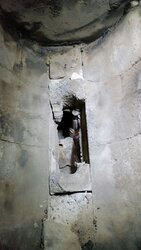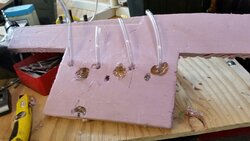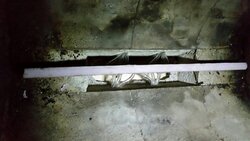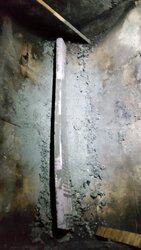My EKO 60 is about 8 years old and has had more than 80 cords pass through it, so while I haven't inspected them in any detail, I believe it's time to replace the nozzles. I just ordered them from Zenon at New Horizon.
My question is pretty simple: Is replacement just a matter of digging out the old ones and dropping in the new ones? If not, what are the challenges?
Looking forward to another cold winter here in upstate NY. But I've got a barn full of dry wood, so bring it on, as they say.
Thanks!
My question is pretty simple: Is replacement just a matter of digging out the old ones and dropping in the new ones? If not, what are the challenges?
Looking forward to another cold winter here in upstate NY. But I've got a barn full of dry wood, so bring it on, as they say.
Thanks!







